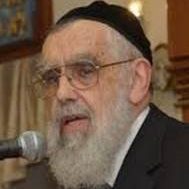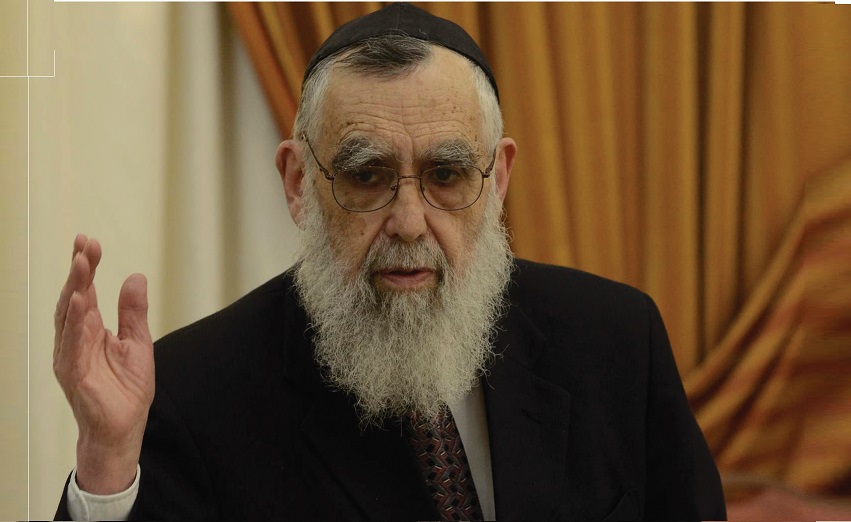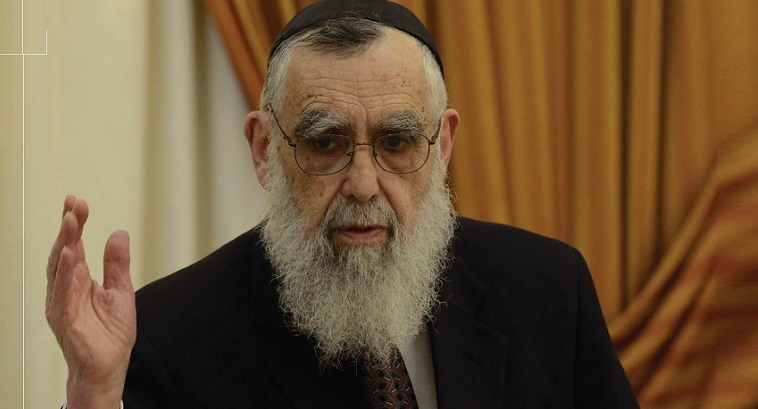Minchah in the Seventh Inning

My position was that folks would have to make their own choices: either the minyan or the game
MY colleague Yisroel Besser’s February 7 “Voice in the Crowd” column is an important statement about the pitfalls of attempting to live simultaneously as a committed Jew and as a member of society at large. Calling a spade a spade, it should be painful but required reading for those of us who sincerely try to live seamlessly in these two — and occasionally opposing — worlds.
In this Super Bowl season, Besser reminded me of an incident in my Atlanta shul many years ago. It was Super Bowl Sunday, and the younger members of our daily minyan proposed that we adjust our Sunday Minchah-Maariv schedule to accommodate those who wanted to watch the full game; i.e., to daven Minchah before the game began, and Maariv right after the game ended.
They knew that I enjoyed sports and were confident that I would agree. To their great disappointment and consternation, I refused to consider this change. My position was that folks would have to make their own choices: either the minyan or the game, but we would not change the davening schedule because of the big game. They tried to persuade me of the reasonableness of their request, but I stood my ground. And so it was. We kept to our regular schedule, the minyan was somewhat thinner than normal, but even some of the die-hard fans showed up. I had made my point.
What was my point? That it’s fine to try to live in two worlds, as long as we know that they are not equal worlds, and that there are red lines that should not be crossed.
Baltimore Orioles baseball fans did them one better. Instead of changing the shul schedule, they brought the shul, figuratively, to the ballpark Everyone knew that at the start of the seventh inning, there would be a minyan behind the right field bleachers. One can only speculate the kind of kavanah they sent Heavenward as the crowd roared or groaned behind them. This was matched by the pious individual who would recite Tehillim every time the Orioles fell behind. (Presumably, when the Orioles were leading, there was no need for Divine intervention.)
It is an old conundrum, and is suggested by the many names which reflect this two-world grappling: Torah U’mada, where Torah struggles valiantly not to be overcome by the “mada”; Modern Orthodox, where the “modern” and the Orthodox attempt a precarious balancing act; Open Orthodox, where the Orthodox sometimes capitulates to the “open.” Lately we are coming to understand the painful truth that while we want entrée into both worlds, one of those worlds has never been very eager to let us in.
As a people loyal to Torah ideals and yet forced to live in a diasporic condition for two millennia, we have been forced to walk the tightrope between fealty both to Torah ideals and to tolerant host countries. That Torah has survived this balancing act and still thrives after the vicissitudes of the galus is one of the hidden miracles of Jewish history.
One of the more ludicrous manifestations of this issue of living in two cultures was the matter of first names. Until the late 20th century, most Diaspora Jews would give their newborn children two names: one, the name they would be called, and one for use only on religious occasions. A boy named Yitzhak at his bris would be officially registered with a sort-of-matching non-Jewish name, such as Irving (which, ironically, became so widely used that it itself — pronounced “Oiving” — became a Jewish surname).
As a fledgling rabbi, I soon learned that in addition to knowing his Gemara and Yoreh Dei’ah, one had to become adept at the art of name transference. One of the first questions I was asked in my new community was, “What is the Hebrew name for Christopher?” (Caught unawares, I hastily suggested, “Kalman.”)
I soon learned the tricks of the trade: Sheldon for Shlomo; Matthew or Morton for Mordecai; Harold for Chaim. For girls, Deborah and Rebecca and Rachel were acceptably bi-cultural, but Sarah became Shirley and Leah became Lenore. It was a given that one could never get ahead in America with an ethnic first name — names that in any case would be used only a few times in life: at the bris, bar mitzvah, wedding, and funeral. Even time-honored family names felt the axe: Bernstein was trimmed to a goyish-sounding Burns: Levine became sanitized into Le-Vine; Greenberg became Gruen or Greene, the closing “e” affirming its Americanness.
With the growing self-confidence of Diaspora Jewry, this phenomenon gradually dissipated — at least among the Orthodox — at the turn of the 21st century, and more and more Chaims and Reubens and Raphaels and Sauls began to appear in pubic life. Adding to this impetus of returning to roots was the growing adoption of native names by other minorities. When, for example, heavyweight champion Cassius Clay changed his name to Muhammad Ali, and basketball superstar Lew Alcindor became Kareem Abdul-Jabbar, that was the hechsher for all the Arnolds and Alans to emerge from behind the curtain and to become Avraham again, for the Sheldons to come home to Yeshayahu and for the Mortons to return to Mordechai.
Nevertheless, it is a wrestling match without end. Even in Israel, even in Jerusalem, even in Meah Shearim, there is a daily struggle against the inroads of the secular world, which bombards observant Jews with tempting morsels of entertainment, clothing, and ideas from that world. The struggle between the beis medrash and the street is perpetual.
A question for the newly minted Yitzhak davening Minchah behind the right field bleachers: Is this davening an awareness of G-d while the game is in progress, or is it a game in progress while being aware of G-d?
And a question for the rest of us: Are we living in the outside world while observing our Torah lives, or are we observing our Torah lives while living in the outside world? —
(Originally featured in Mishpacha, Issue 1002)
Oops! We could not locate your form.





